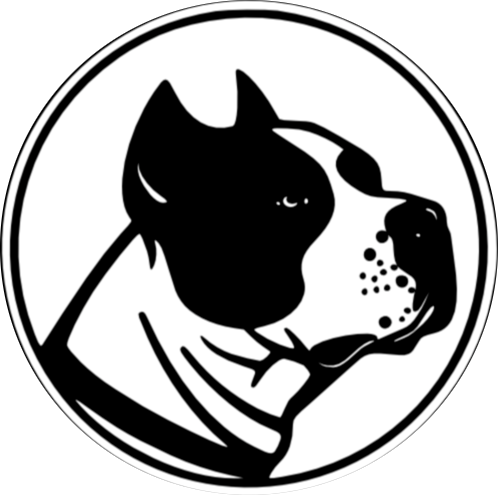Leash Reactivity
Leash Reactivity is one of the more common behavioral problems we see. Dogs have been bred for various jobs, and as we try to transition them to city life various issues can surface. Dogs that are leash reactive have big feelings about seeing triggers while on leash. This builds over time and results in:
• Barking • Lunging • Spinning • Whining • Hackling • Growling • Snapping • Biting the leash • Biting the Handler •
Some breeds are more prone to leash reactivity- such as herding dogs, and some dogs learn this behavior over time. Well intentioned owners spend a lot of time trying to socialize their dogs at dog parks, doggie daycare, and group play meetups. We can become too focused on teaching our dog to PLAY and forget to teach our dog to be around other dogs NOT playing. Over time a dog who’s only interactions with other dogs are high adrenaline (play, play, play!) eventually floods with cortisol and adrenaline at just the sight of other dogs. When they cannot greet they become frustrated, and that frustration is bottled on leash. Over time this frustration becomes explosive and manifests in leash reactivity. Dogs can be leash reactive to a variety of triggers including:
• Dogs • People • Skateboards • People who are visually different than who they’ve been exposed to • Trucks • Delivery People •
Resolving leash reactivity is a complicated process as it involves not just reconditioning the dog how to act on leash, but also how they feel about their trigger. This behavioral issue is solved in stages for the best permanent resolution. We often see general reactivity manifesting in the home and the world- barking at sounds outside, guests, people approaching outside, or moving objects. As a dog’s nervous system is dialed up they can become more easily triggered by a larger variety of things.

